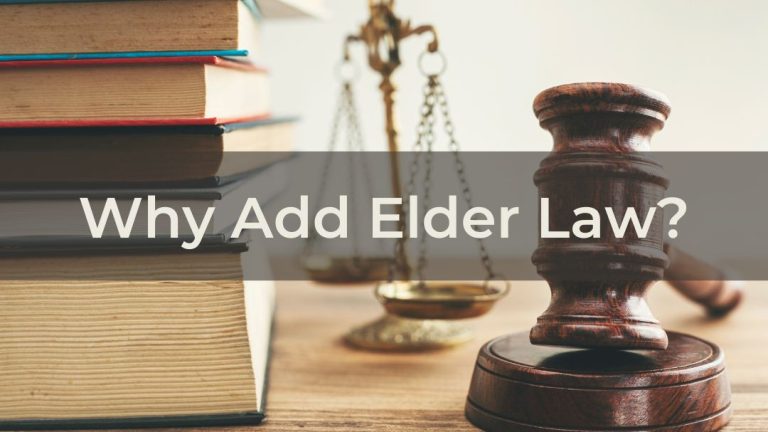Medicaid Compliant Annuity Strategies for Married Clients

When purchasing a Medicaid Compliant Annuity (MCA) for a married couple, the couple has flexibility in choosing the right spend-down plan and annuity strategy for their unique situation. Here’s an overview of the strategies and considerations to keep in mind for your MCA cases involving married couples.
The first step is to determine which spouse will own the annuity. The recommended MCA owner and corresponding strategy will vary depending on several factors, such as the couple’s income, health, and anticipated longevity. The couple’s preference should also be taken into account.
Read More: The Rules of a Medicaid Compliant Annuity
Community Spouse MCA
The first strategy for married couples is purchasing an MCA for the community spouse. The couple funds any assets exceeding the Community Spouse Resource Allowance (CSRA) and Individual Resource Allowance into an MCA, and the community spouse is the owner, annuitant, and payee of the contract. After purchasing the annuity, the couple’s excess resources are eliminated, and the institutionalized spouse immediately qualifies for Medicaid benefits.
As soon as the community spouse purchases the MCA, they will begin receiving monthly income. If the community spouse outlives the annuity term, the contract will automatically terminate upon its final payment and no beneficiary will collect against it. If the community spouse predeceases the annuity term, the primary beneficiary can recover the remaining annuity funds. In almost all cases, the primary beneficiary must be the state Medicaid agency, which can collect to the extent of benefits paid on behalf of the institutionalized spouse.
Using a Community Spouse MCA offers more flexibility in choosing an MCA term and a greater likelihood the community spouse will outlive the contract.
Choosing an Annuity Term
When using the Community Spouse MCA strategy, the couple has flexibility in choosing the length of the annuity term. The only requirement is the term must be actuarially sound. In almost all states, this requirement stipulates the MCA term must be equal to or shorter than the owner’s Medicaid life expectancy as determined by either a state-specific table or the life expectancy table published by the Chief Actuary of the Social Security Administration.
Other than being actuarially sound, the annuity term can be structured to meet the community spouse’s financial needs or circumstances. For example, if the community spouse has significant monthly expenses, the term can be on the shorter end (as short as two months, in most states), thus increasing the monthly payout. On the other hand, if the community spouse may be eligible for an income shift under the Monthly Maintenance Needs Allowance (MMNA) rules, they may opt for a longer term to minimize the monthly payout. It all depends on the client and their unique situation.
Click here to view a case study of a Community Spouse MCA.
Institutionalized Spouse MCA
The second MCA strategy for married couples is purchasing an MCA for the institutionalized spouse. The main benefit of this strategy is to take advantage of the favorable beneficiary designation rules. Specifically, if the institutionalized spouse is the MCA owner, the community spouse can be named primary beneficiary ahead of the state Medicaid agency. Therefore, if the institutionalized spouse predeceases the annuity term, the community spouse takes control of the MCA funds.
This strategy can also be used to shift the MCA payments to the community spouse under the MMNA rules. In this case, the annuity term should generally be structured using the institutionalized spouse’s full Medicaid life expectancy in order to minimize the monthly income produced by the MCA.
An Institutionalized Spouse MCA offers favorable beneficiary rules and is ideal when the community spouse has a low enough monthly income to qualify for an income shift under the MMNA rules.
When is this Strategy Appropriate?
When considering the Institutionalized Spouse MCA strategy, the couple should take into account the anticipated longevity of the community spouse. If the community spouse passes away first, the state Medicaid agency will move into the primary beneficiary position on the contract. Additionally, if the community spouse has income exceeding the MMNA, the couple won’t experience the economic benefit of the MCA payments shifting to the community spouse.
The Institutionalized Spouse MCA strategy is most appropriate when:
- The community spouse is in good health.
- The community spouse is expected to outlive the institutionalized spouse.
- The community spouse’s monthly income is below the MMNA.
Click here to view a case study of an Institutionalized Spouse MCA.
If you’re not sure which MCA strategy is right for your married client, contact our office to discuss your case with us!
What if the institutionalized spouse owns a countable IRA?
Explore the “Name on the Check Rule” MCA strategy.

As Content Marketing Specialist, Katie drafts and edits content across multiple platforms, including blogs, emails, white papers, videos, brochures, website pages, and more. She conducts research and gathers up-to-date information to keep our clients well-informed.



